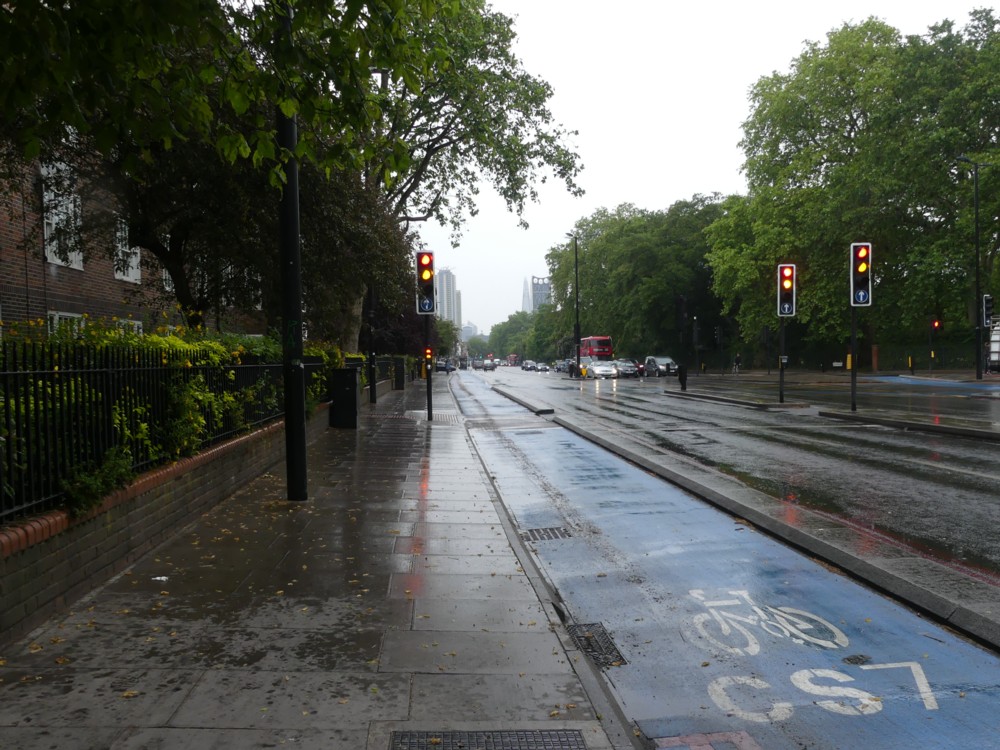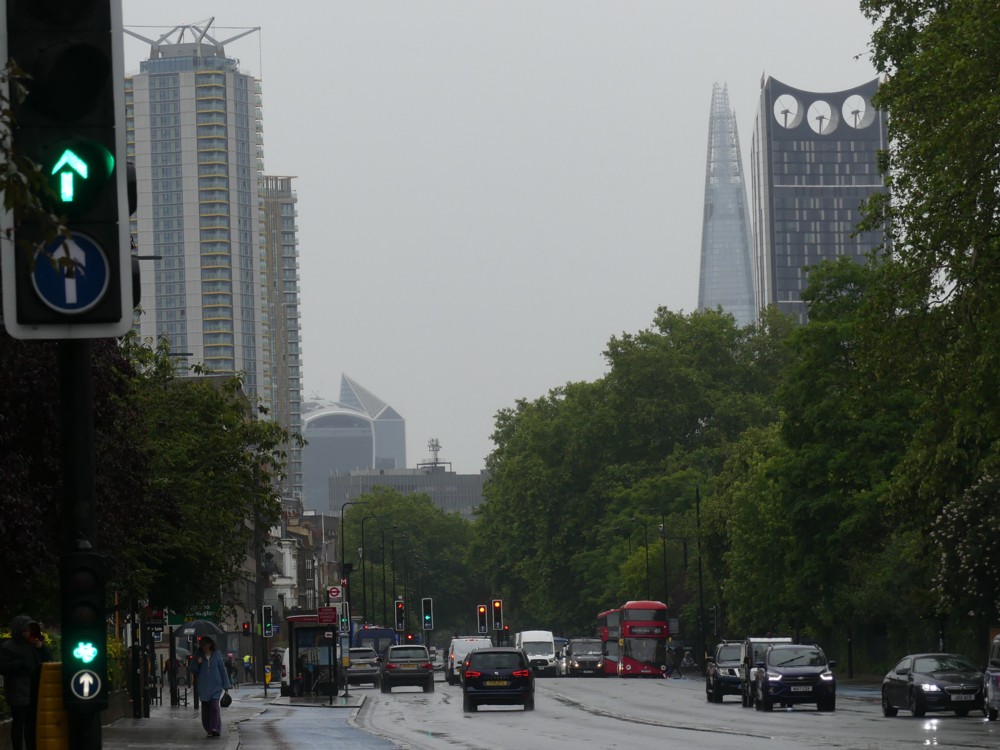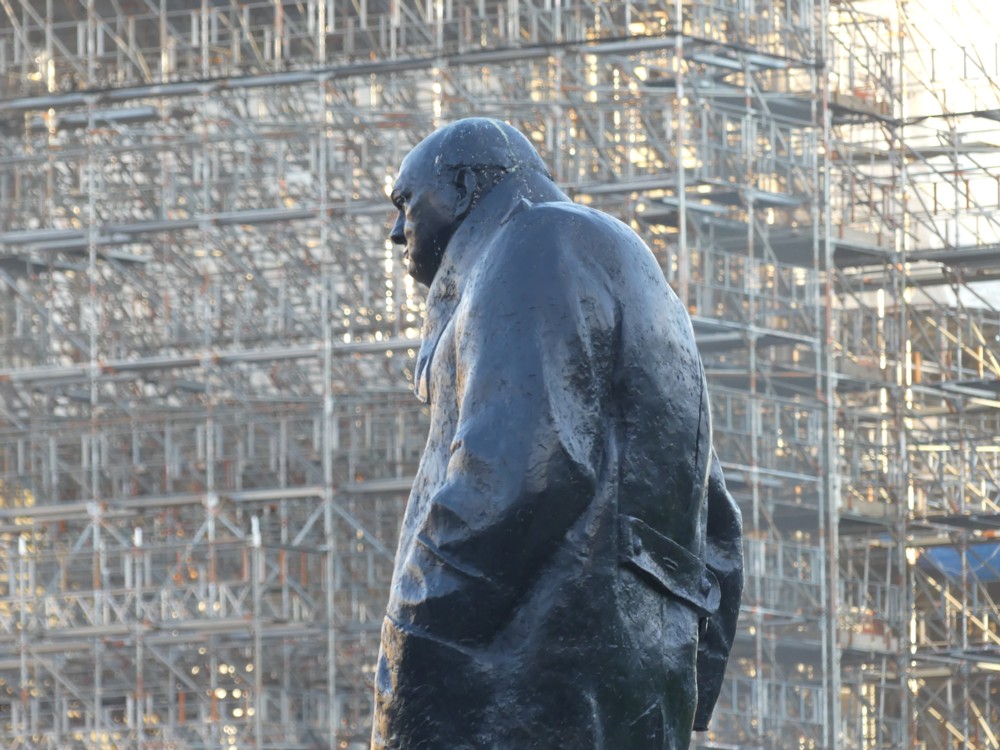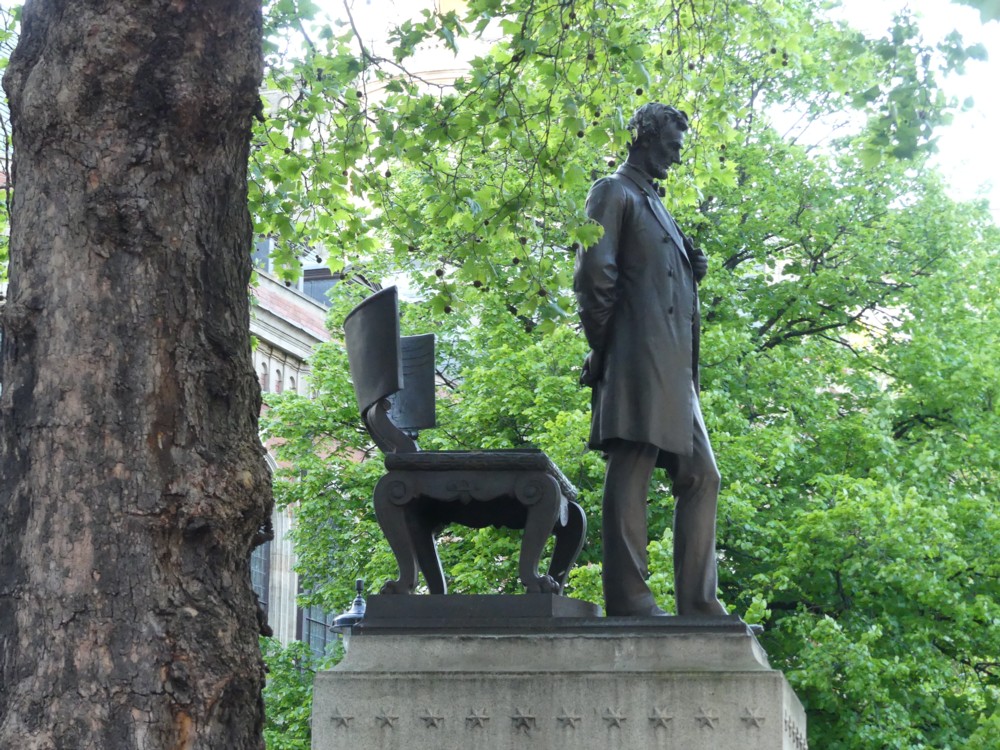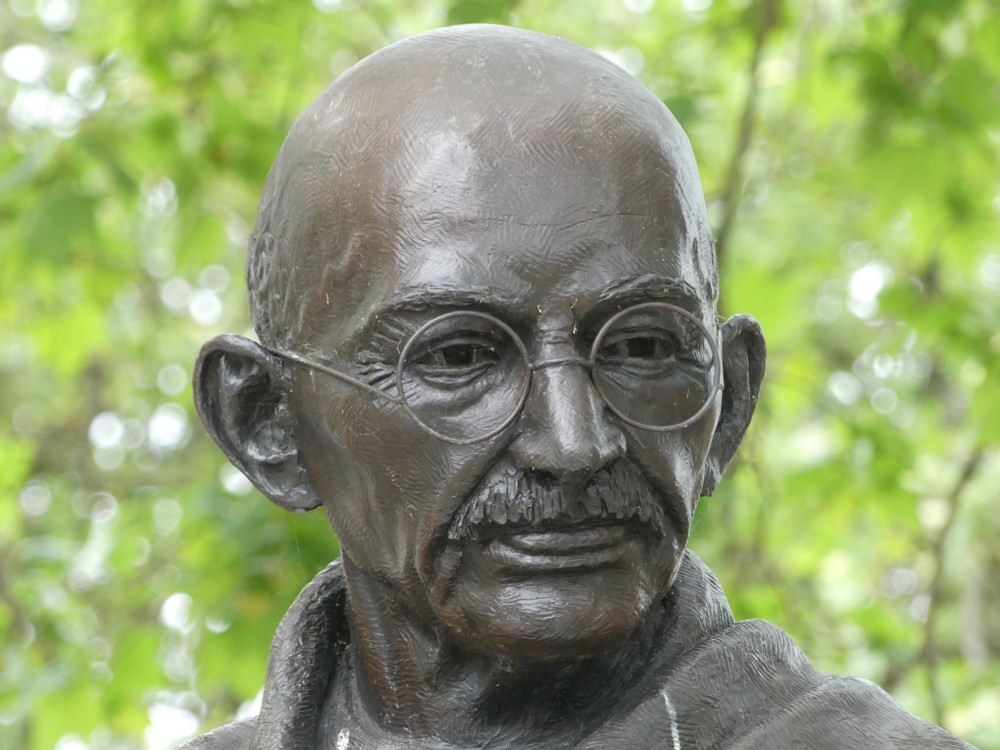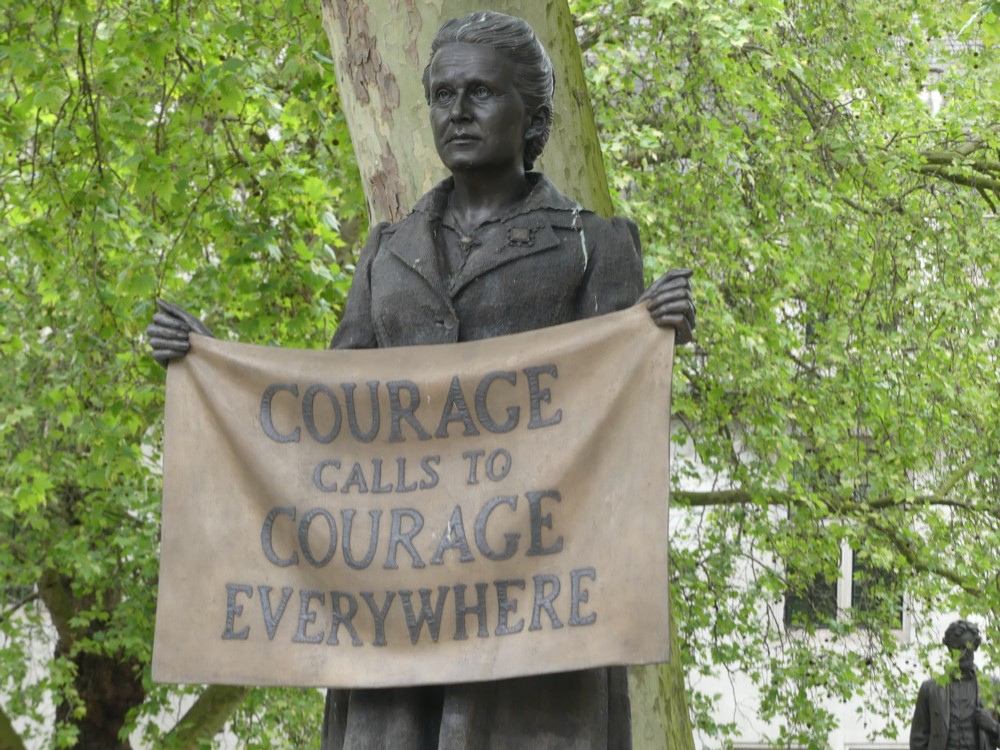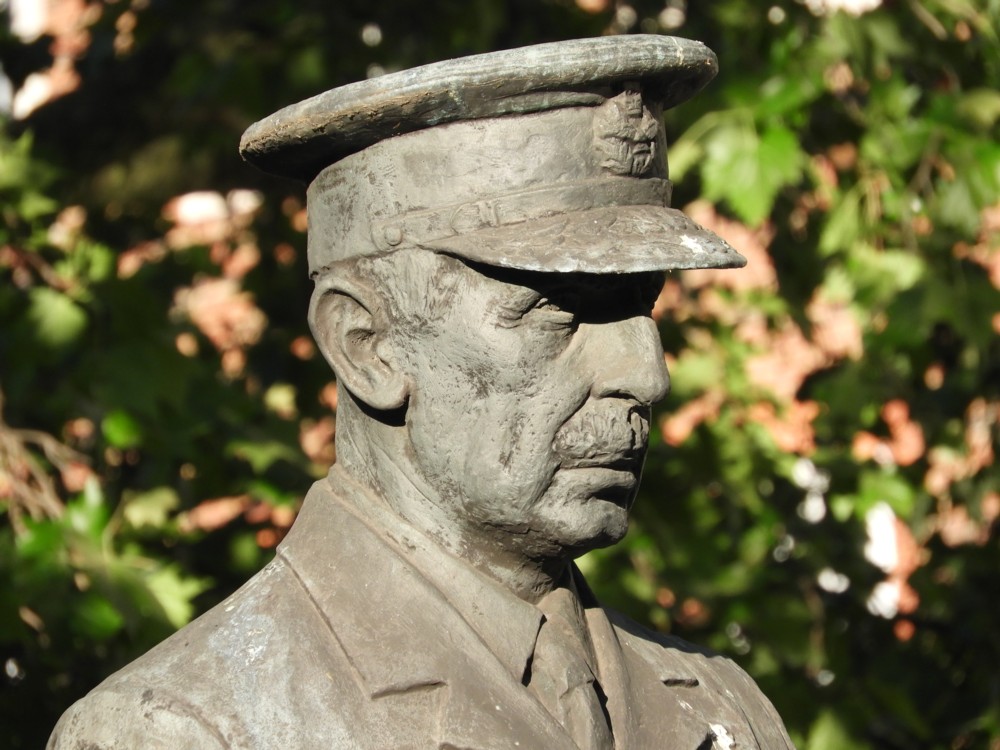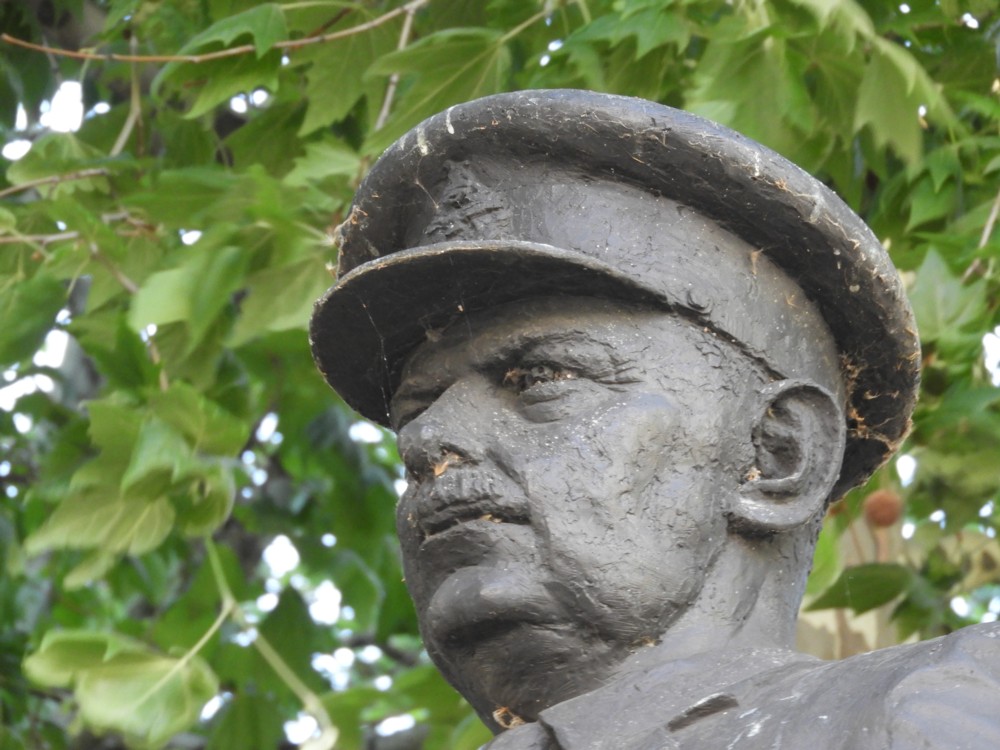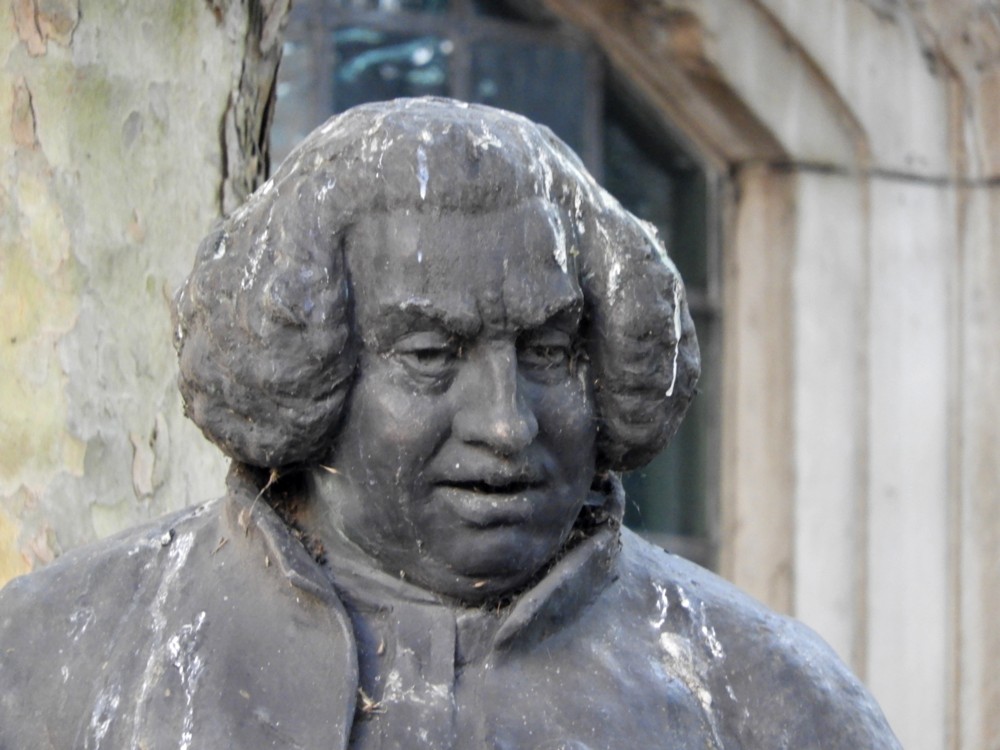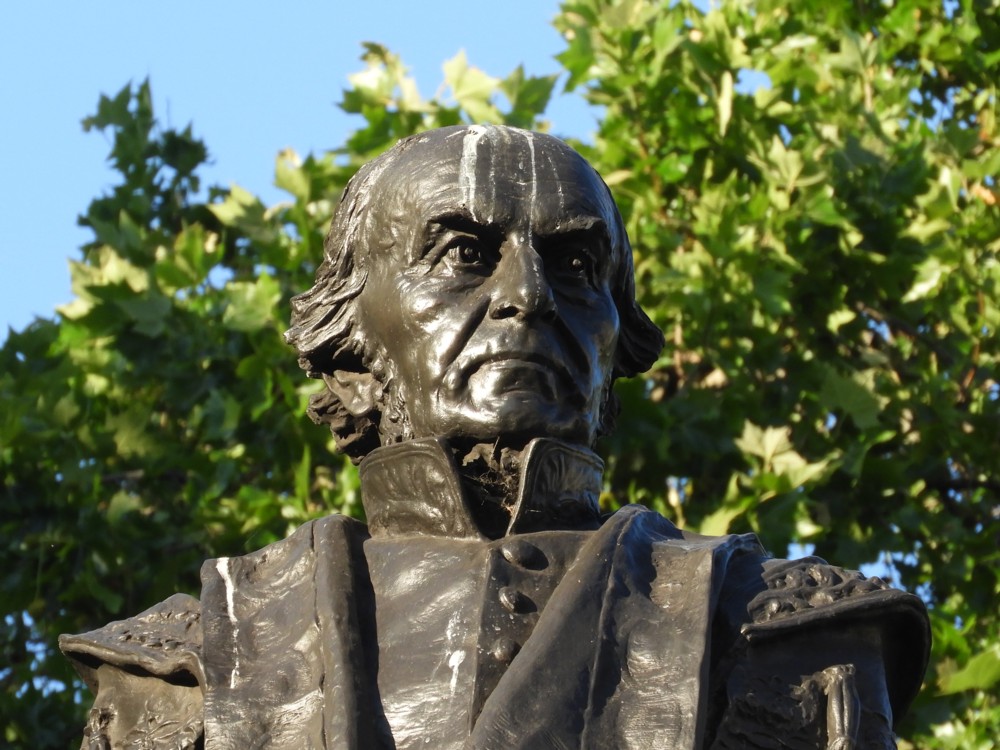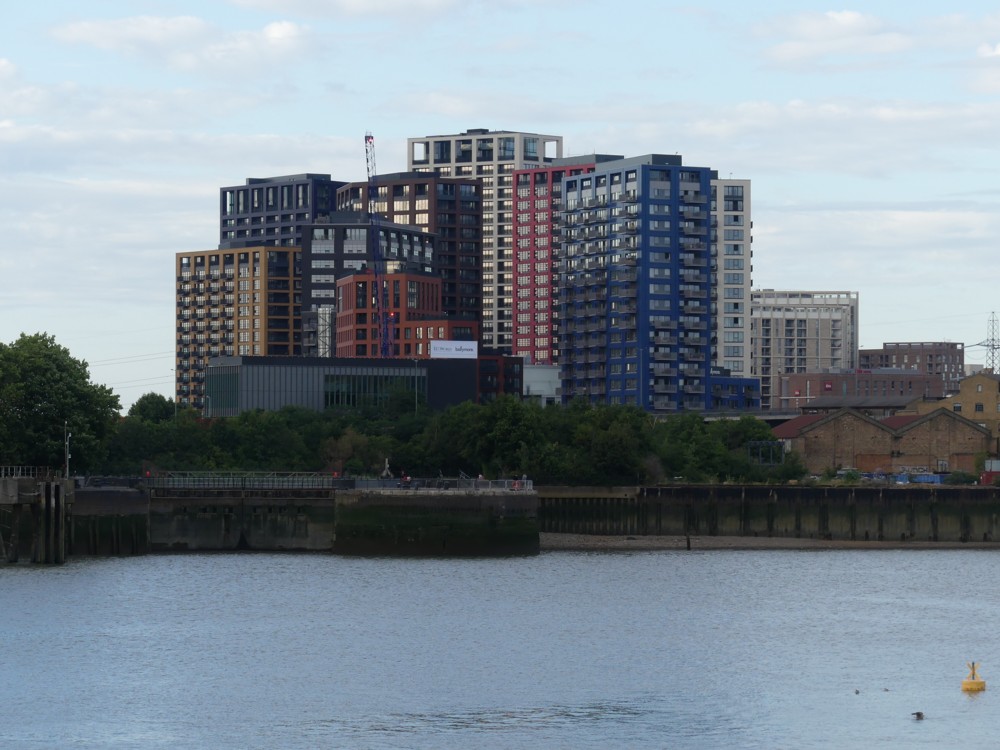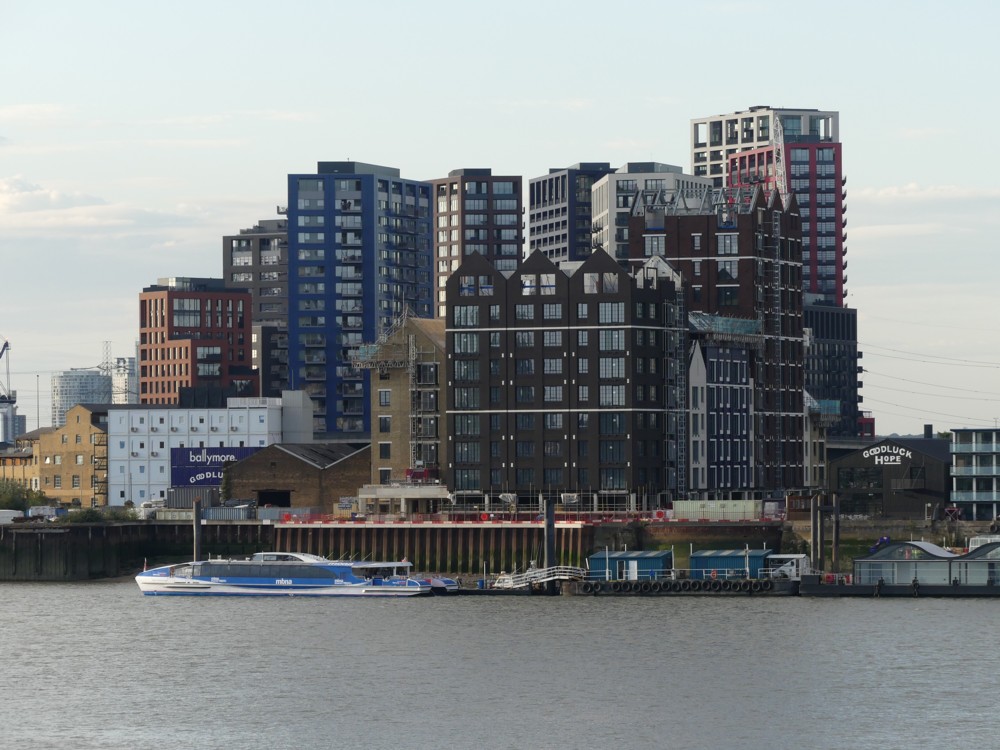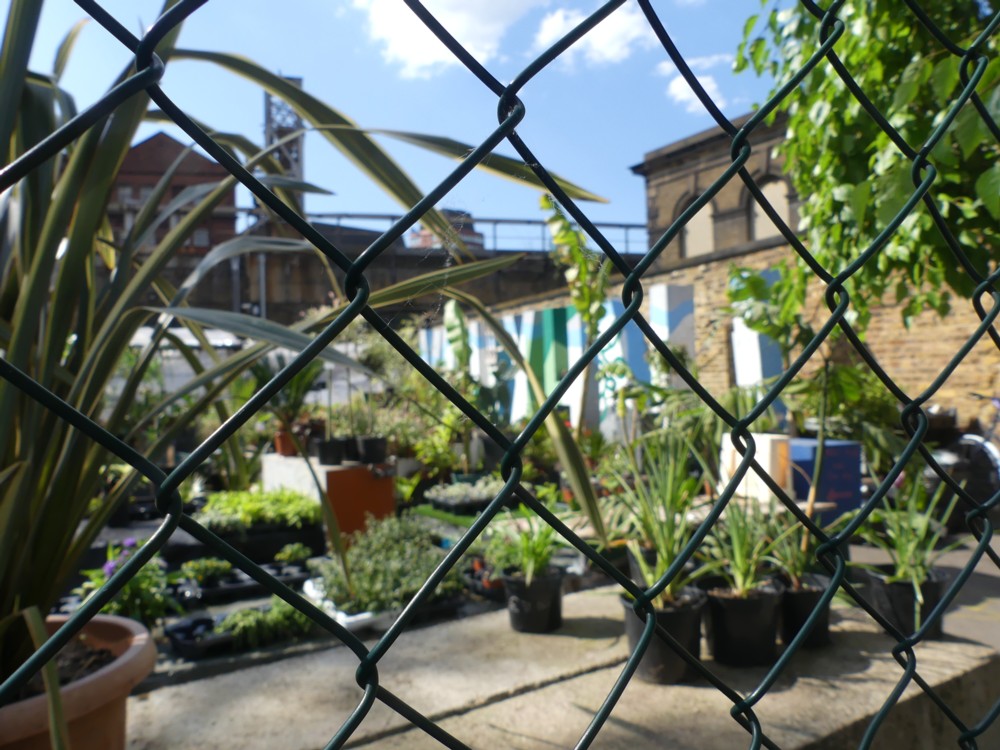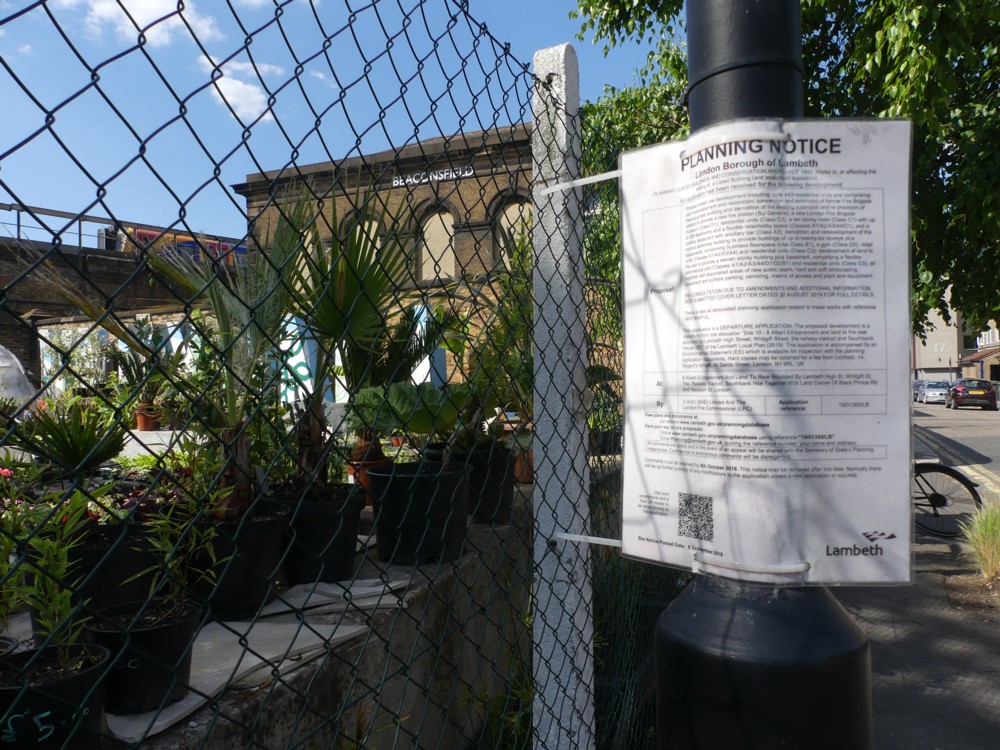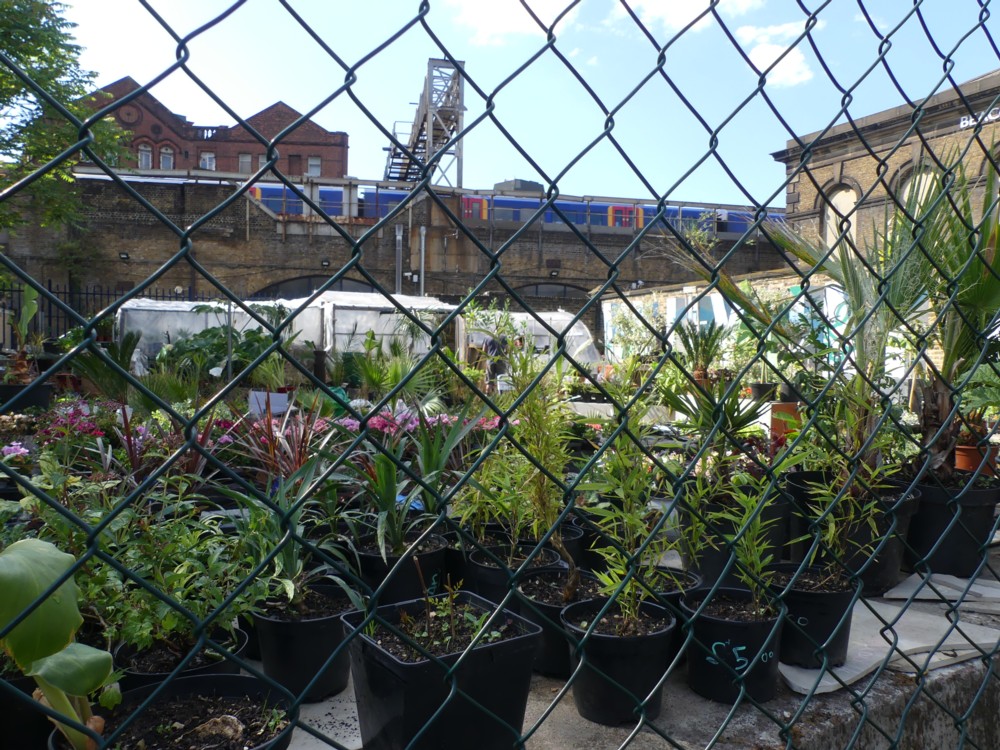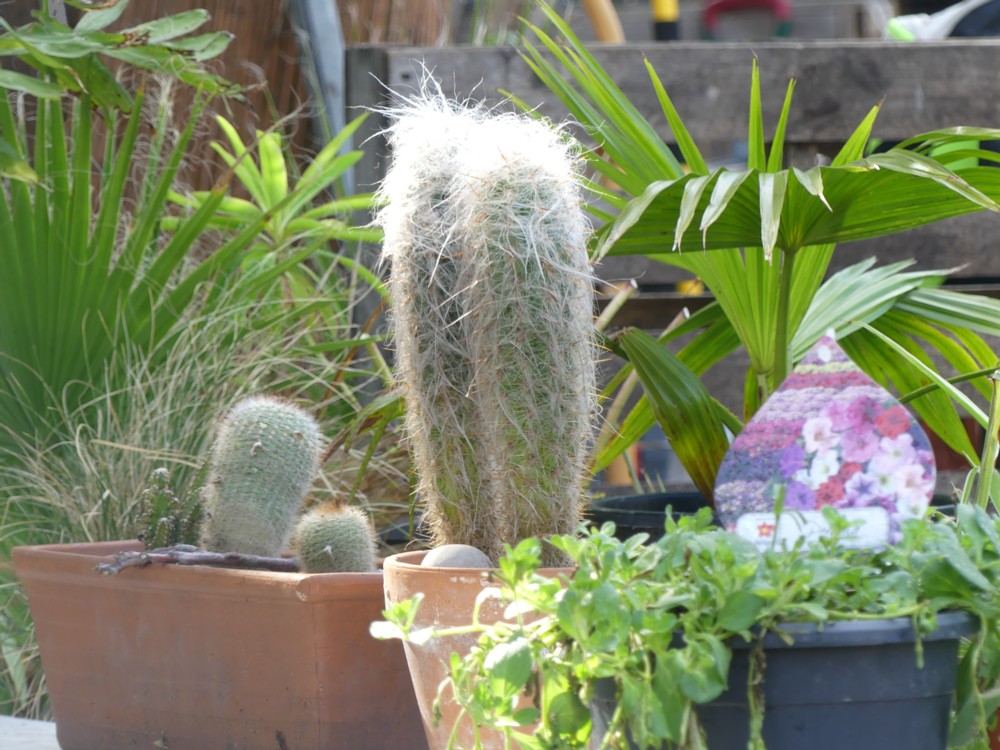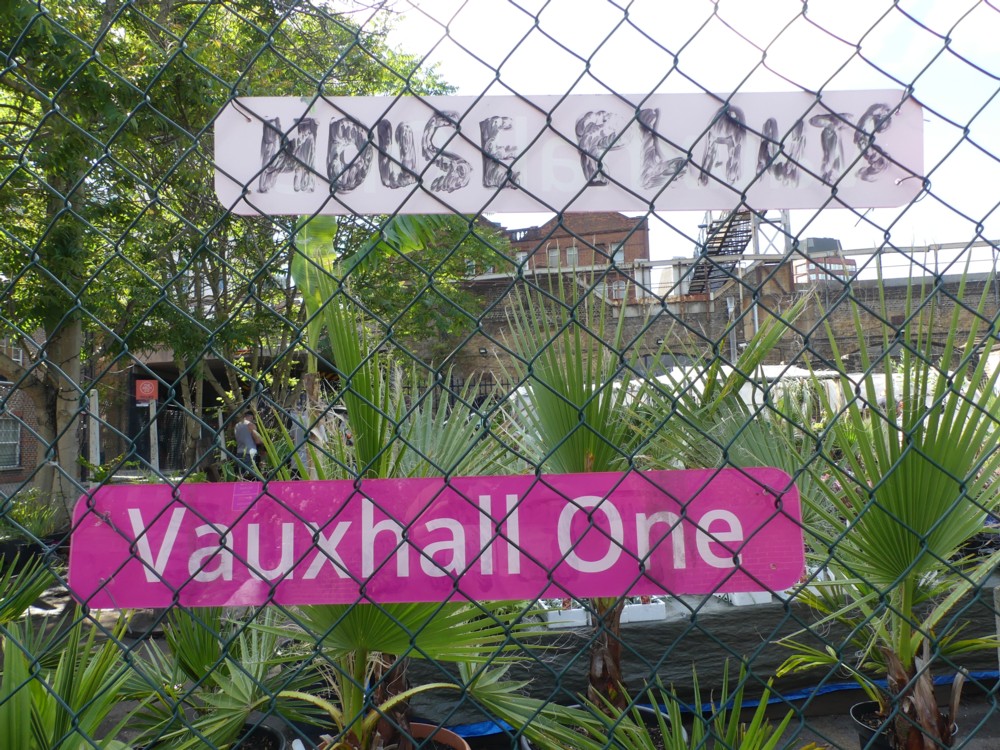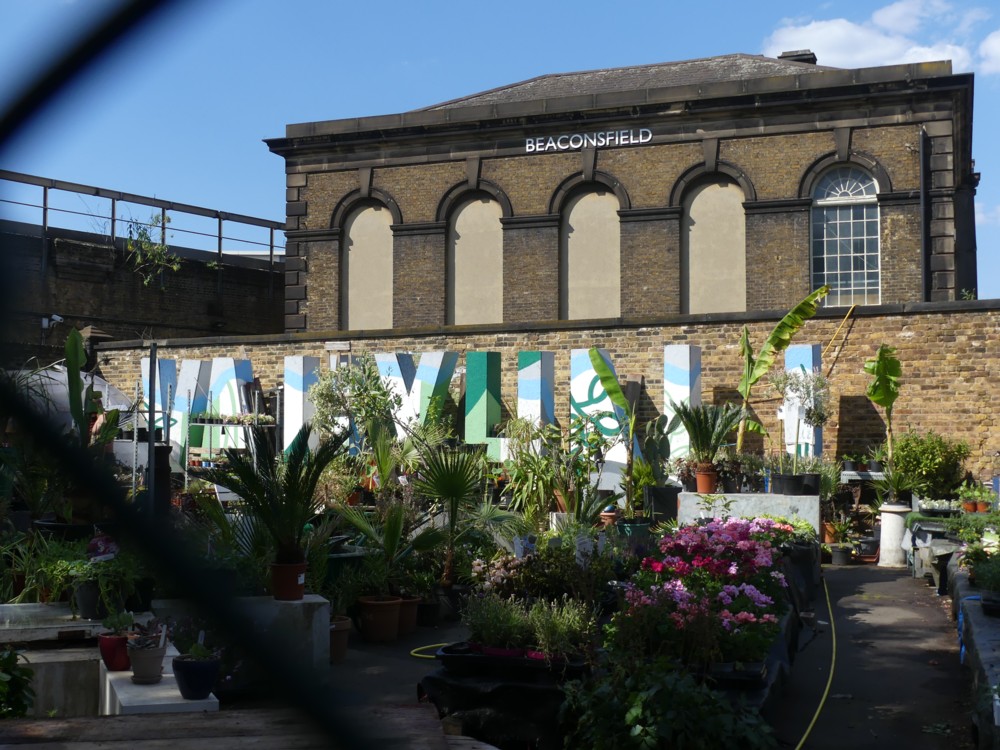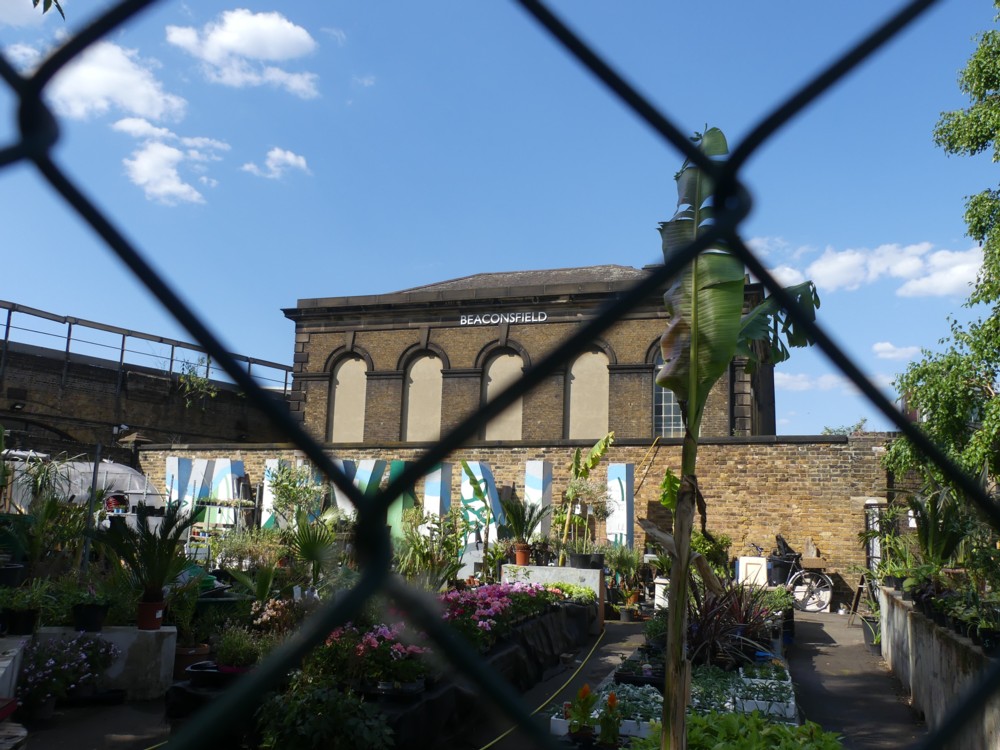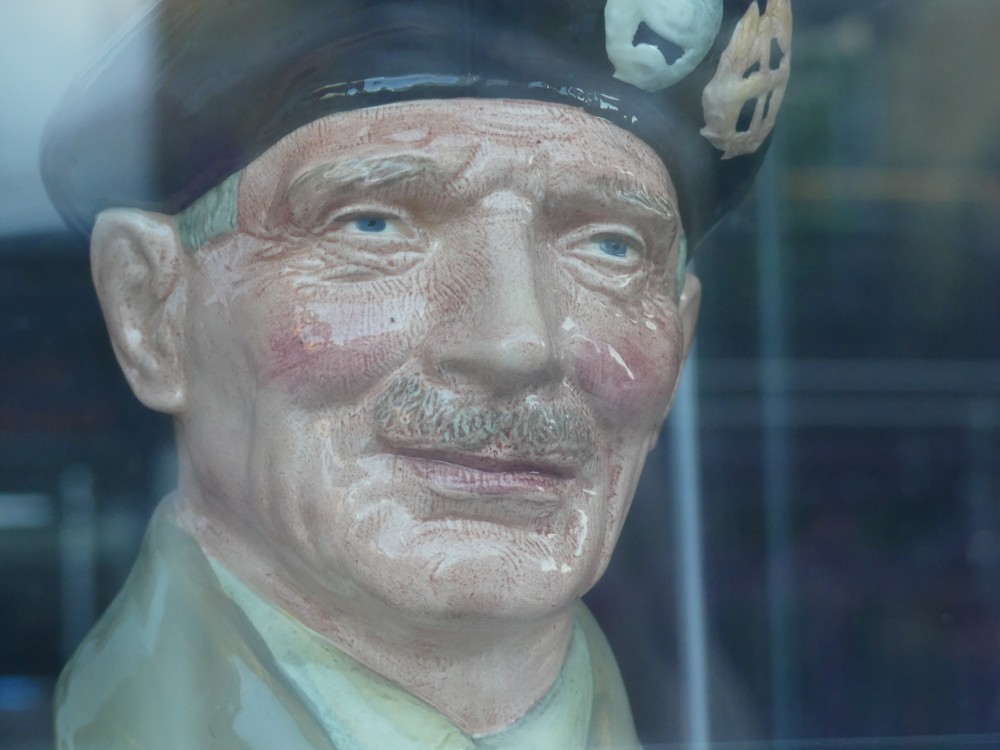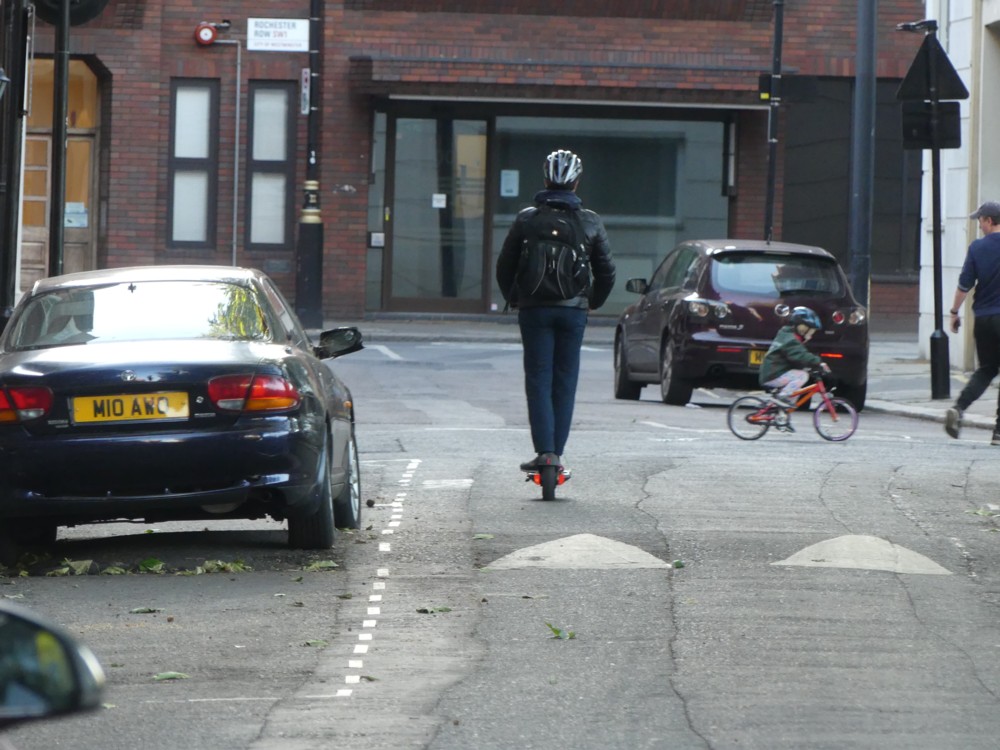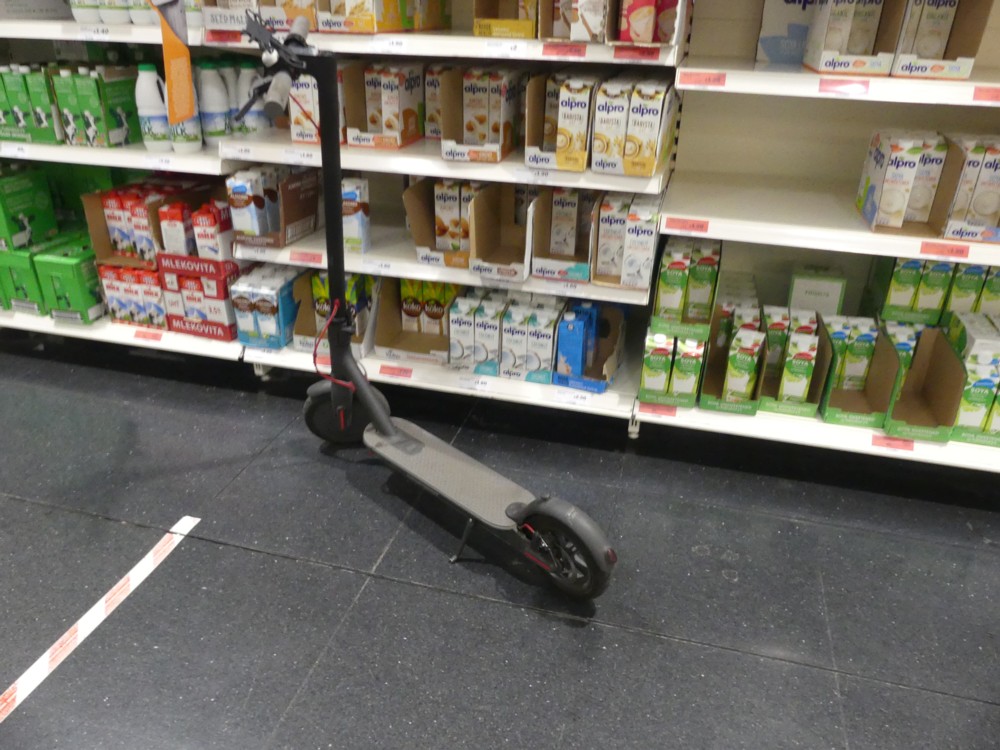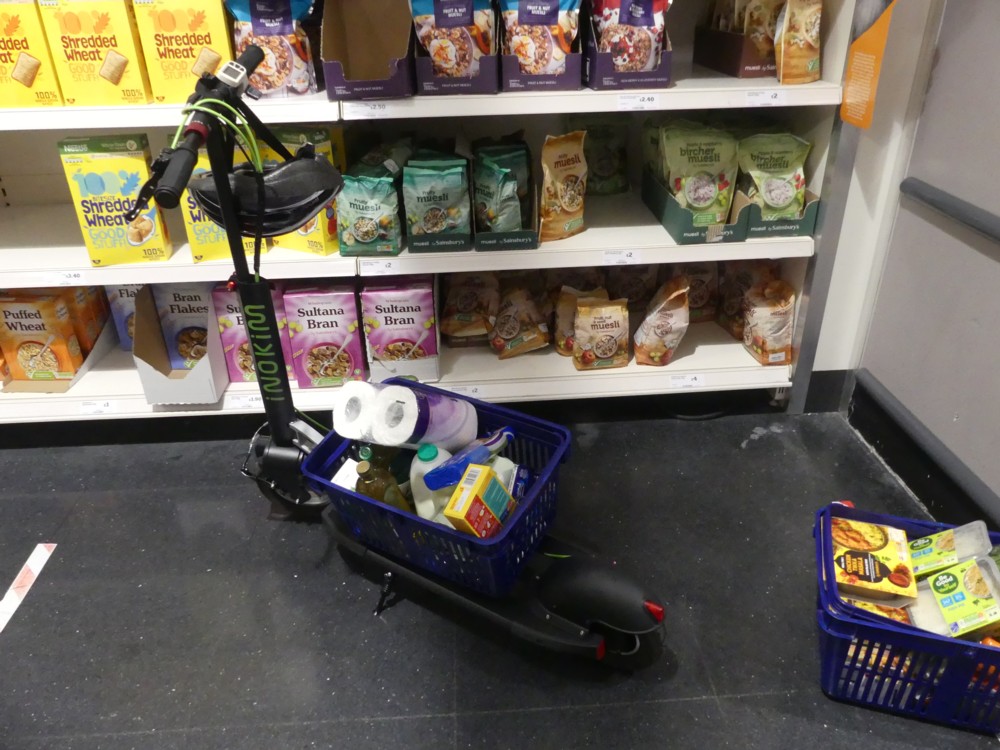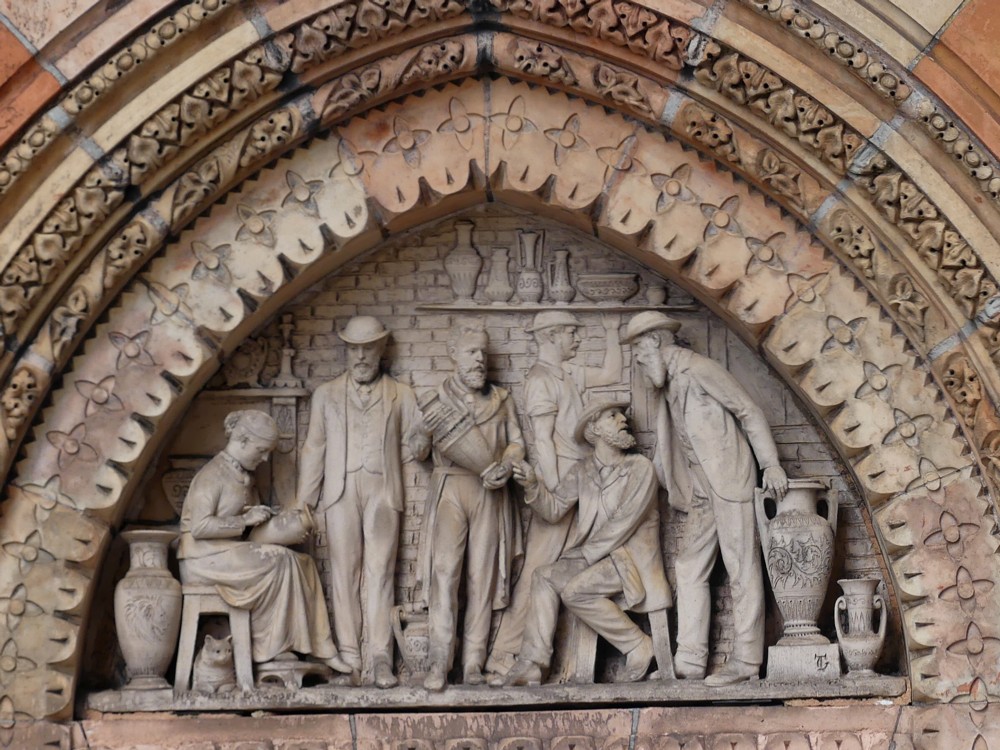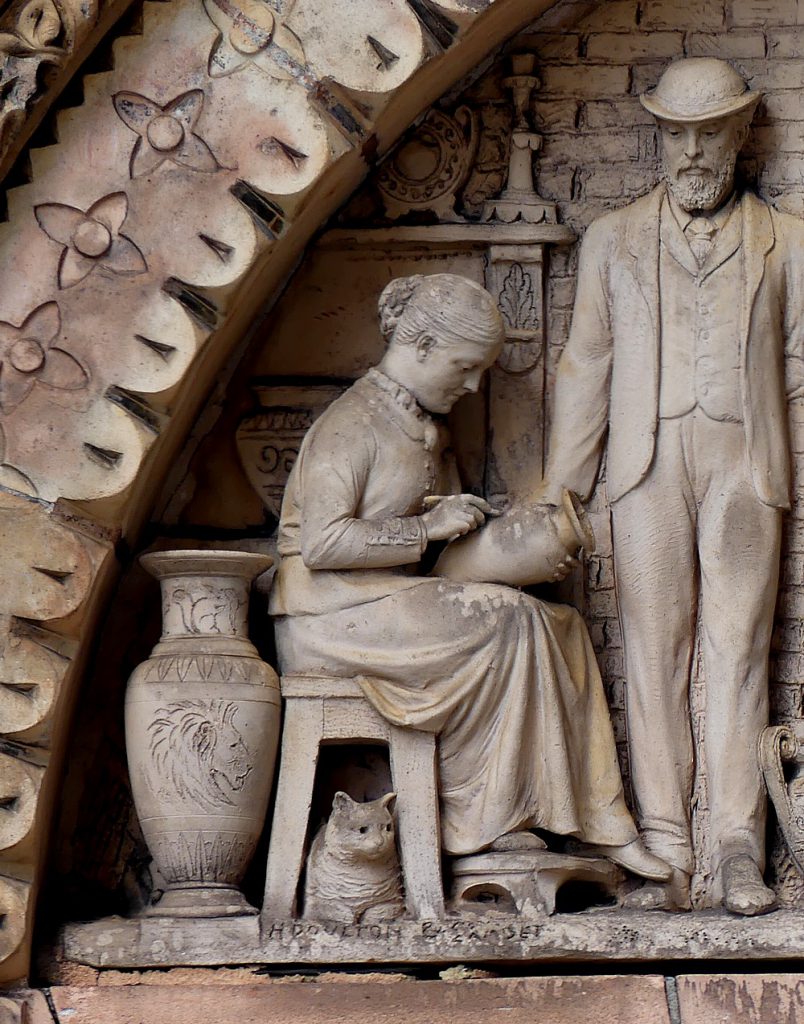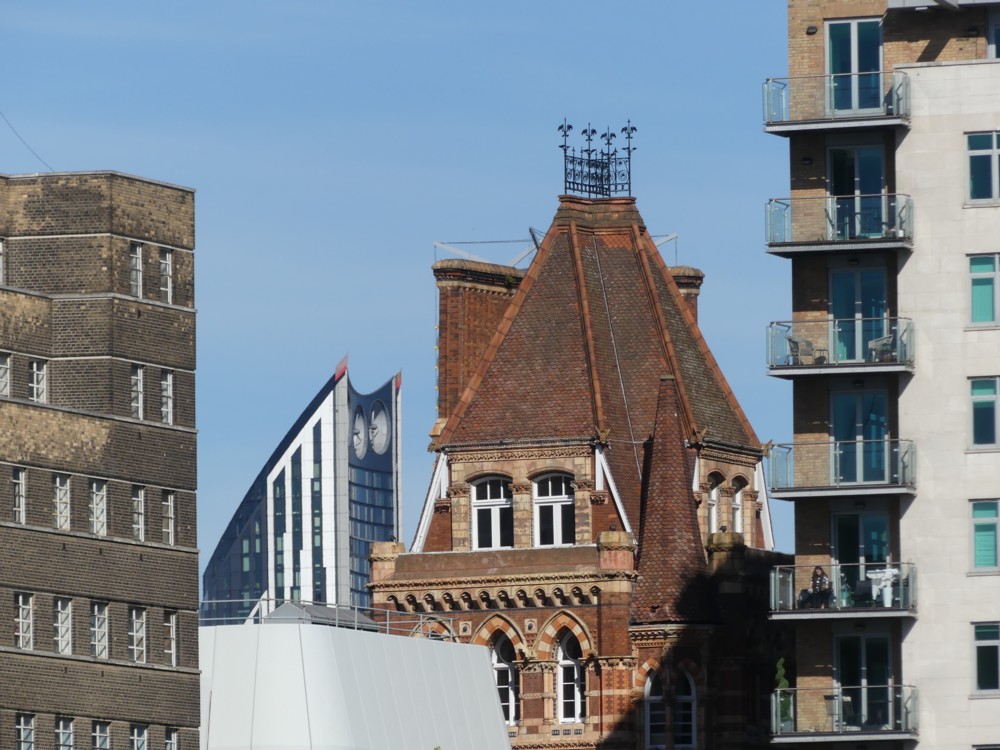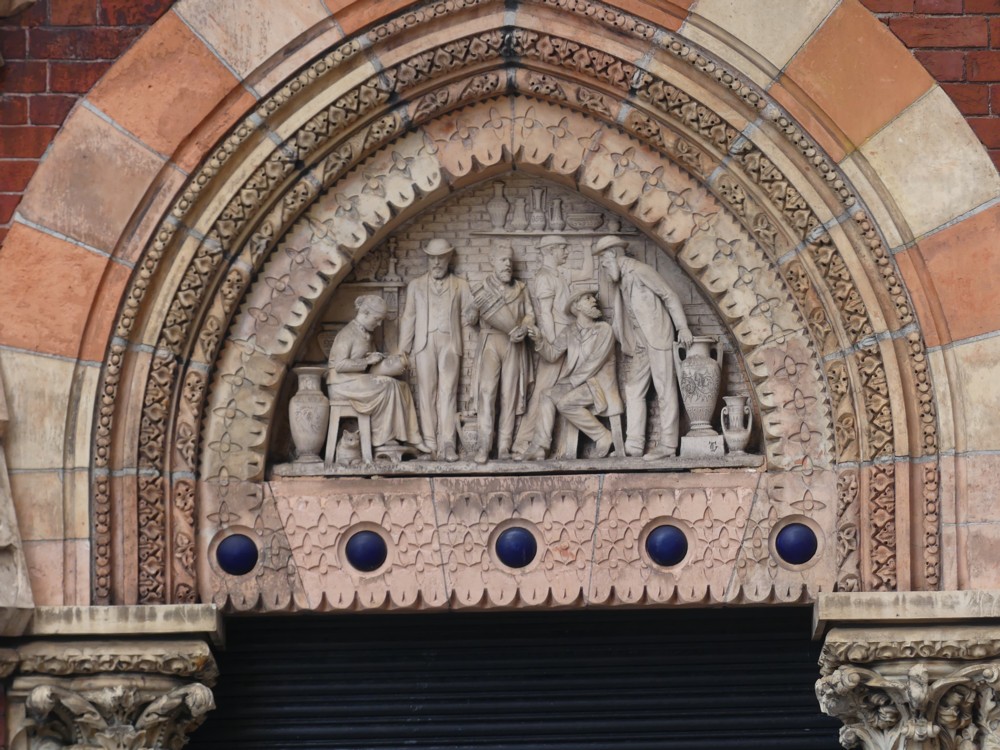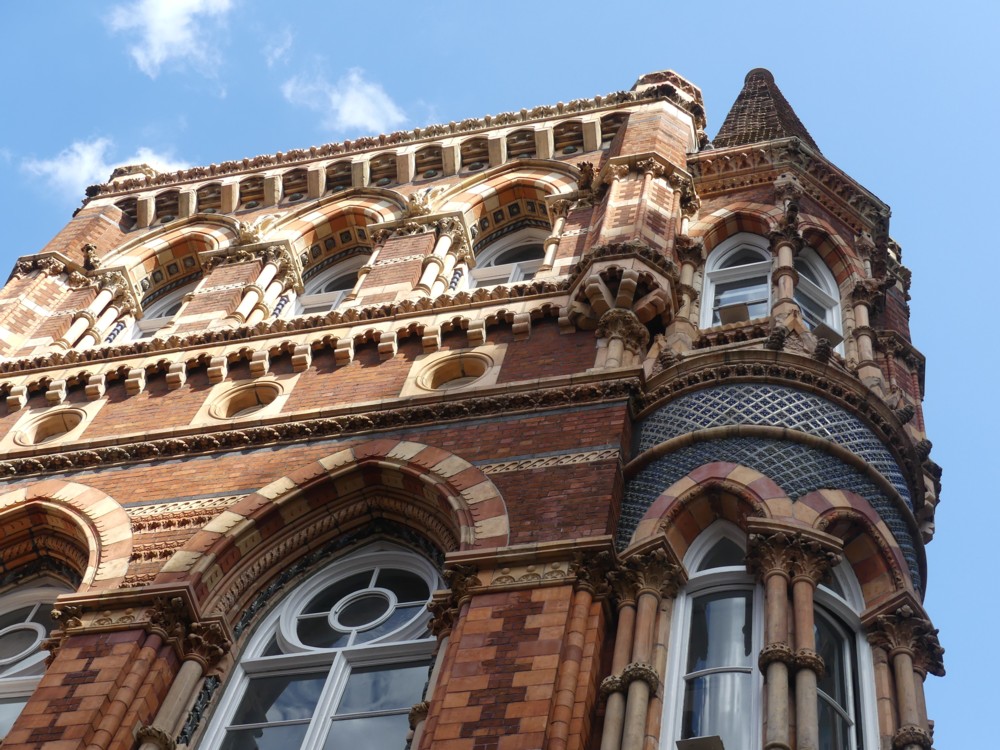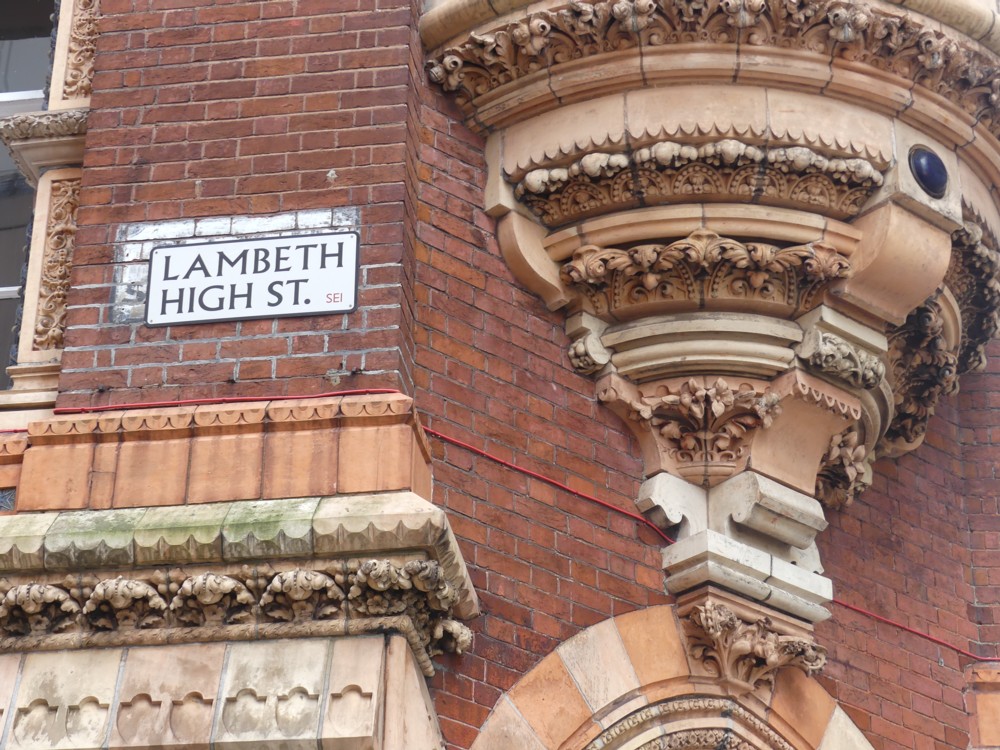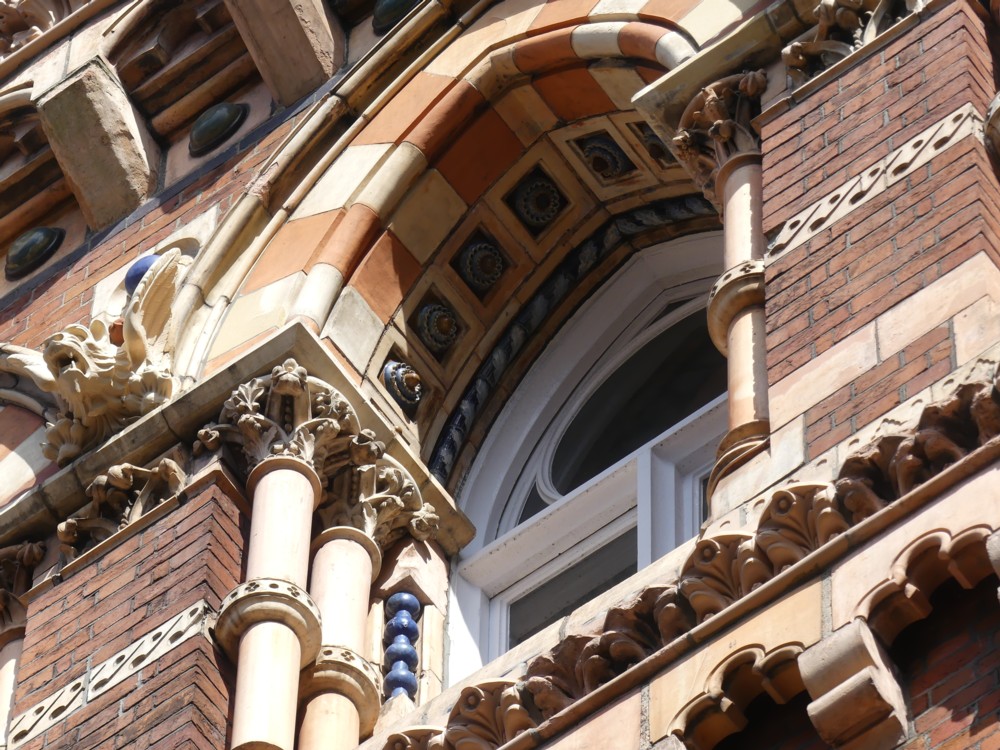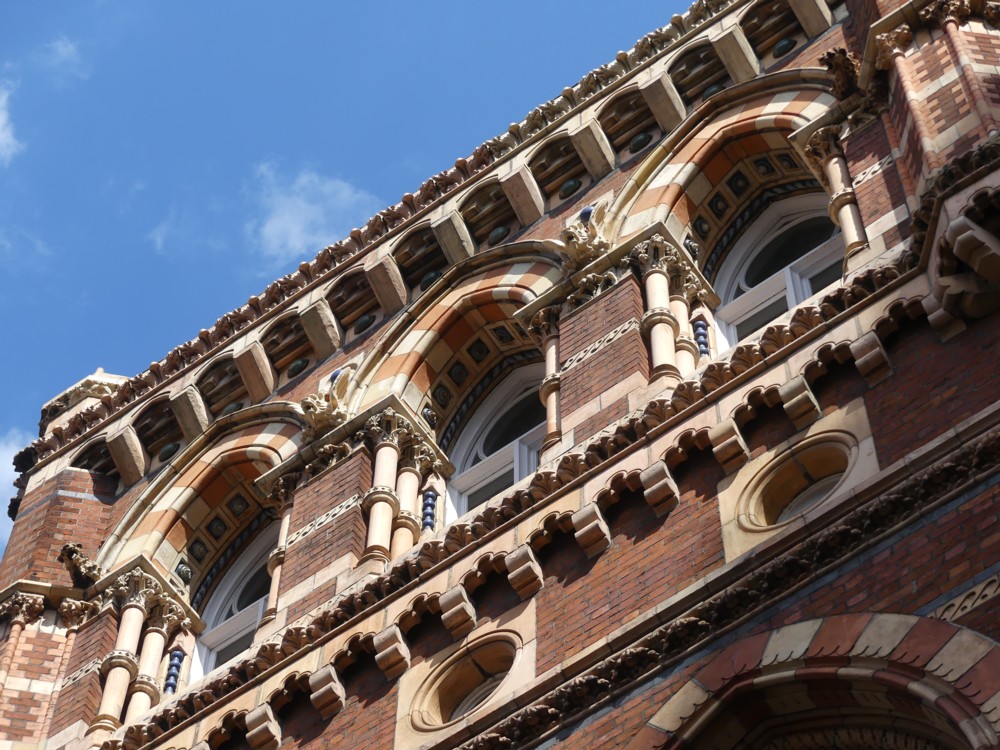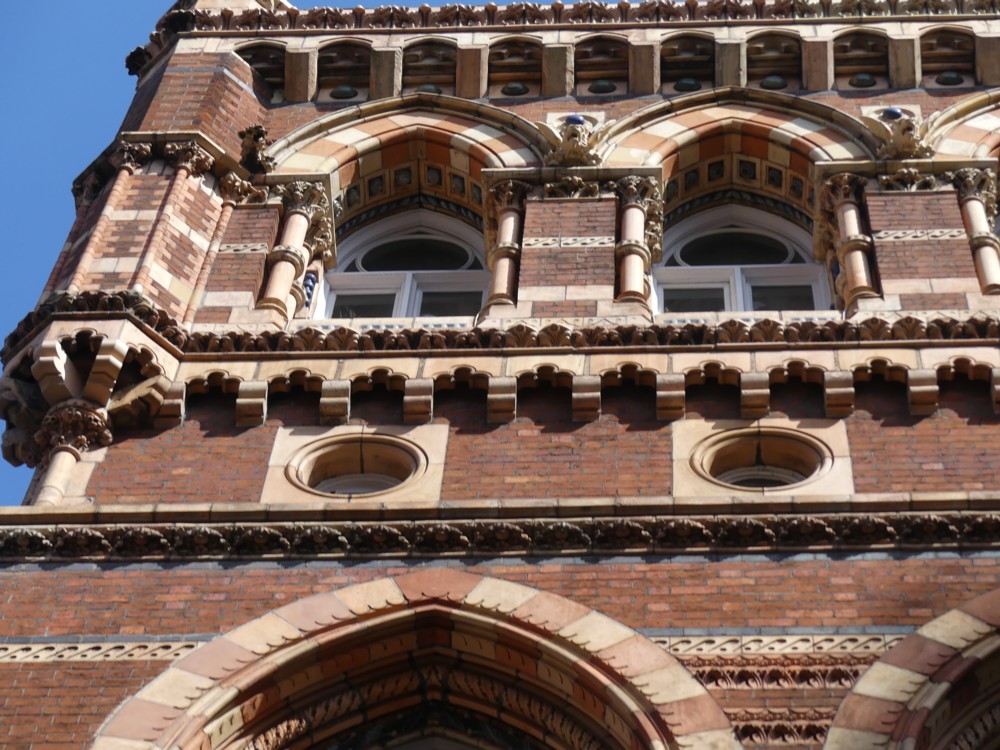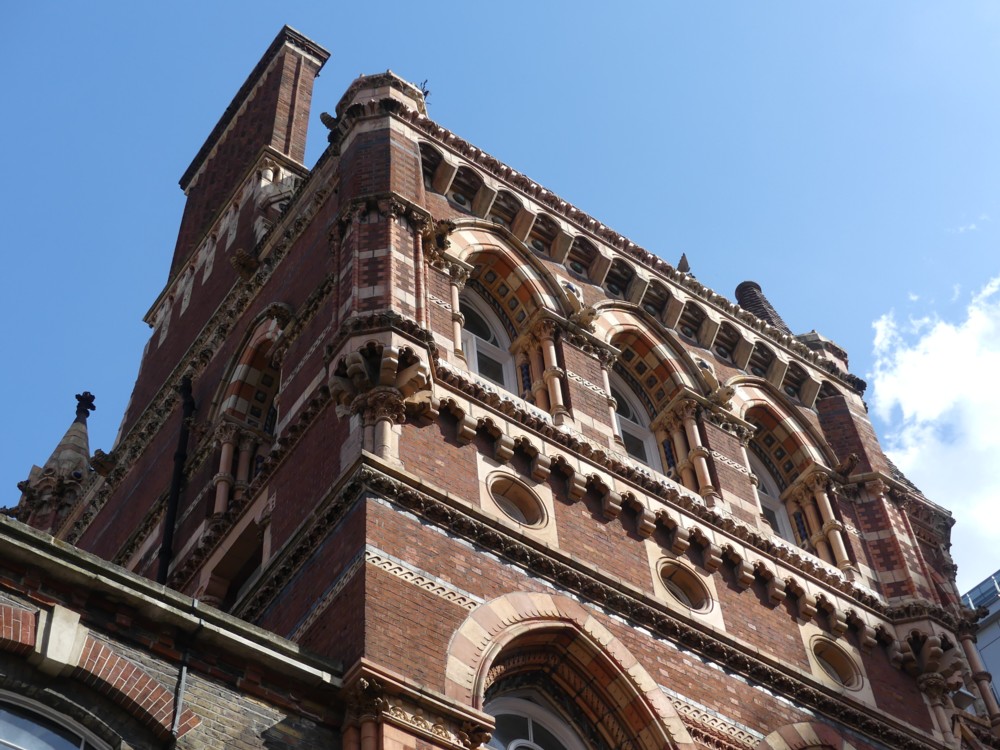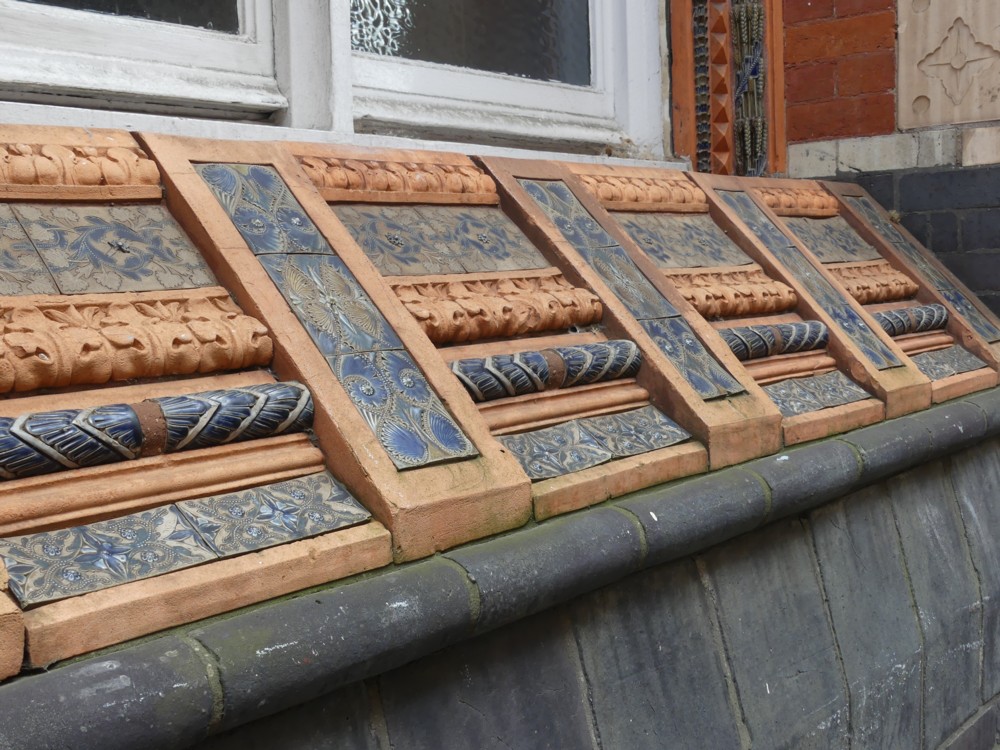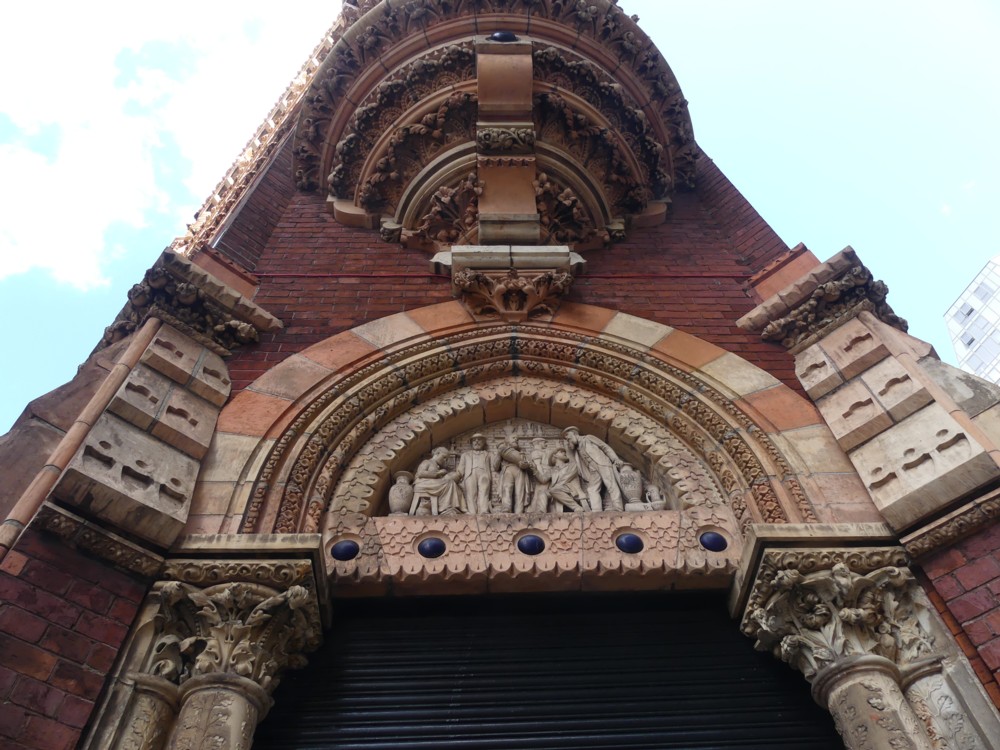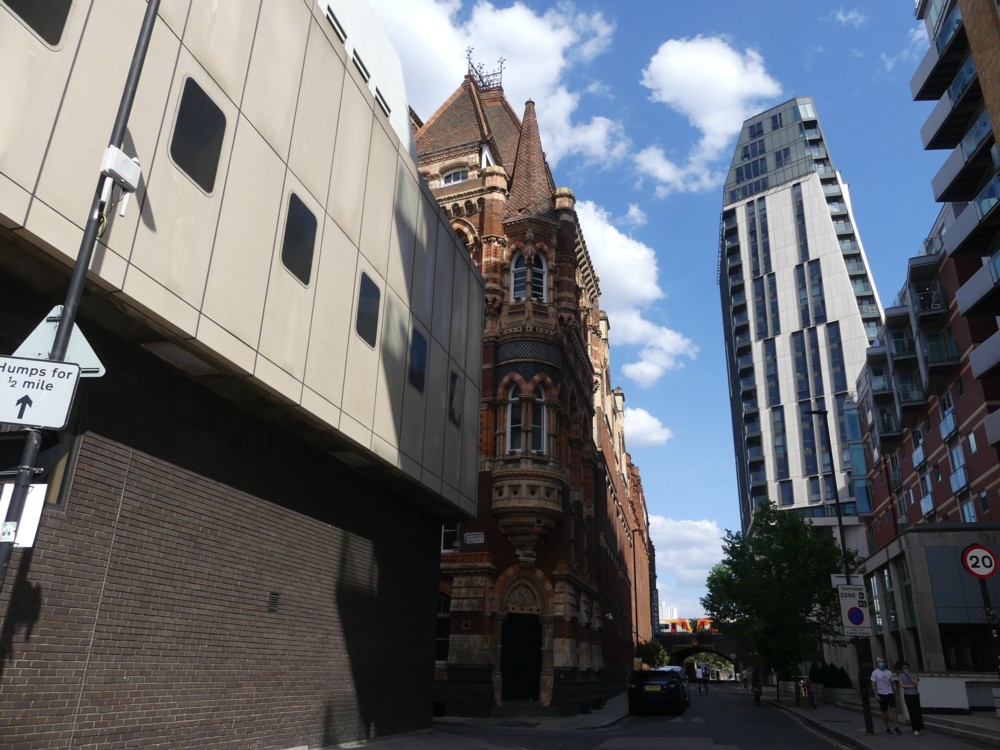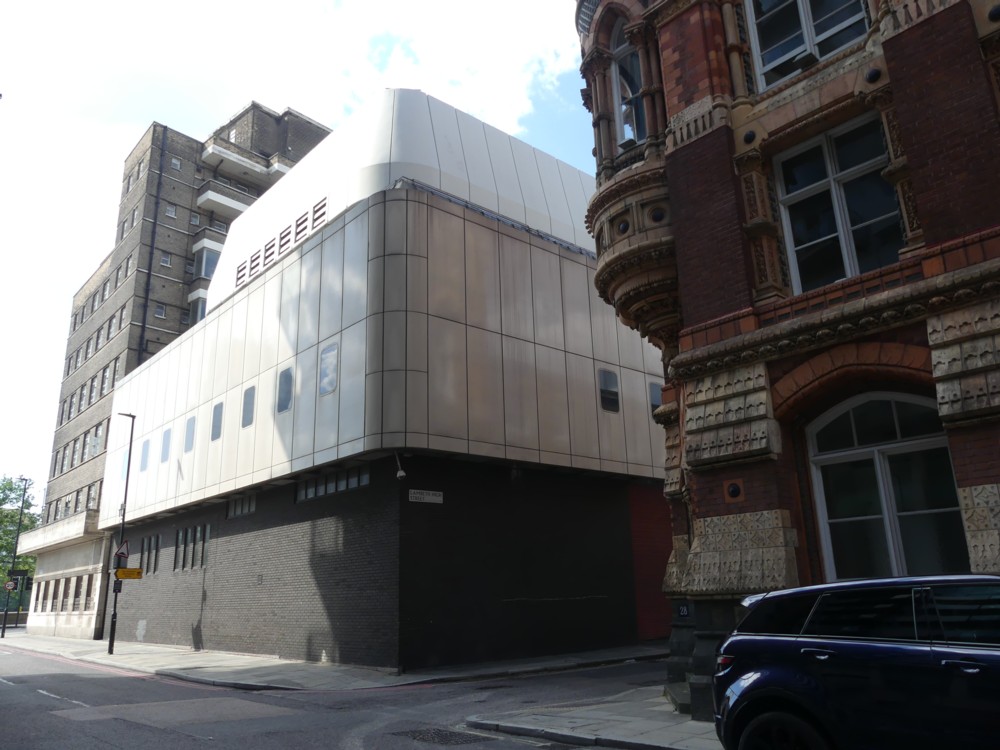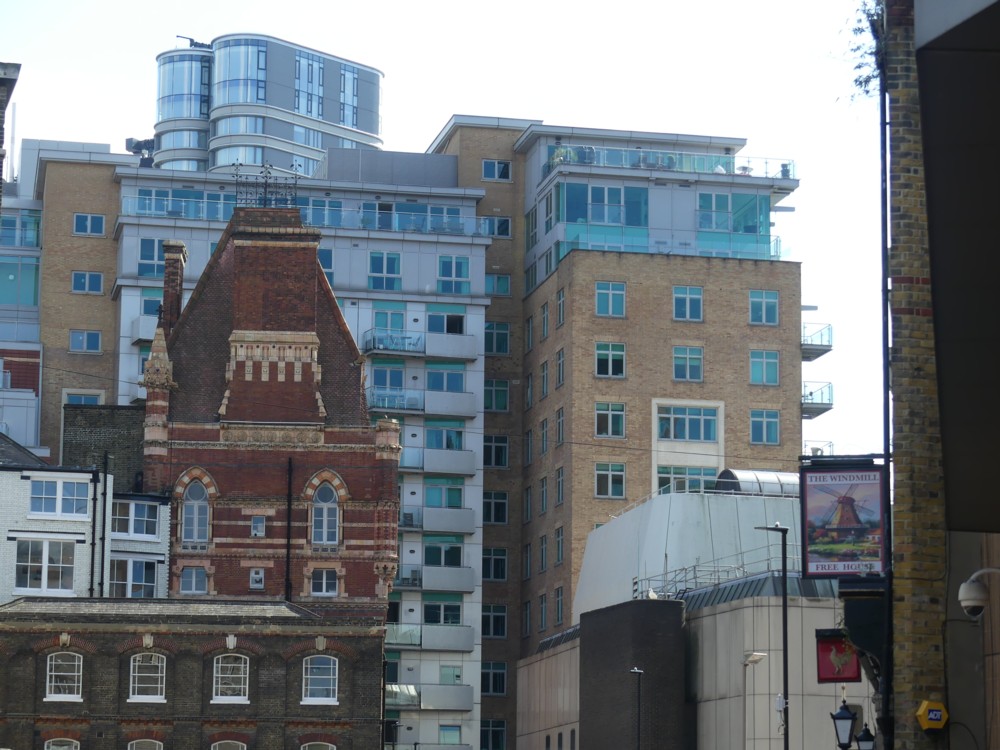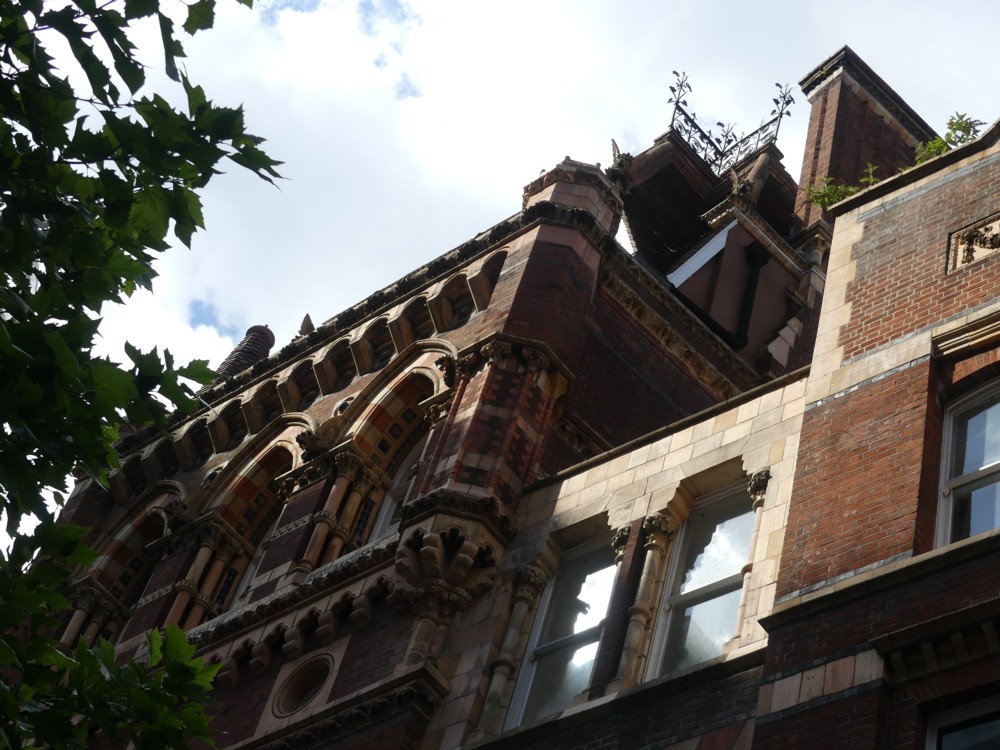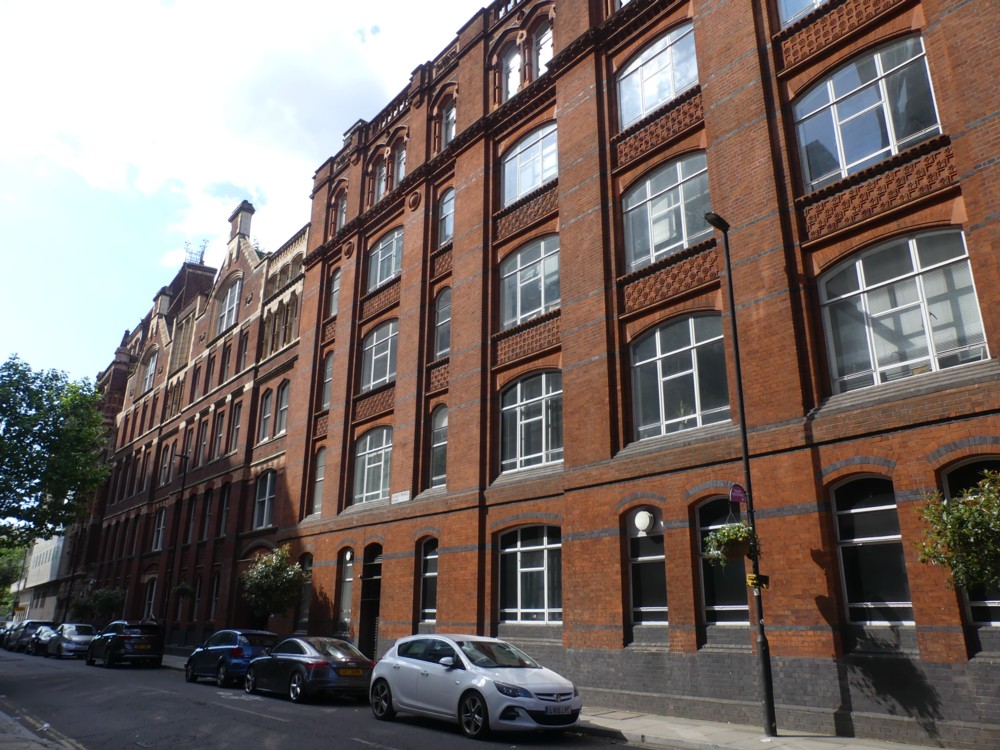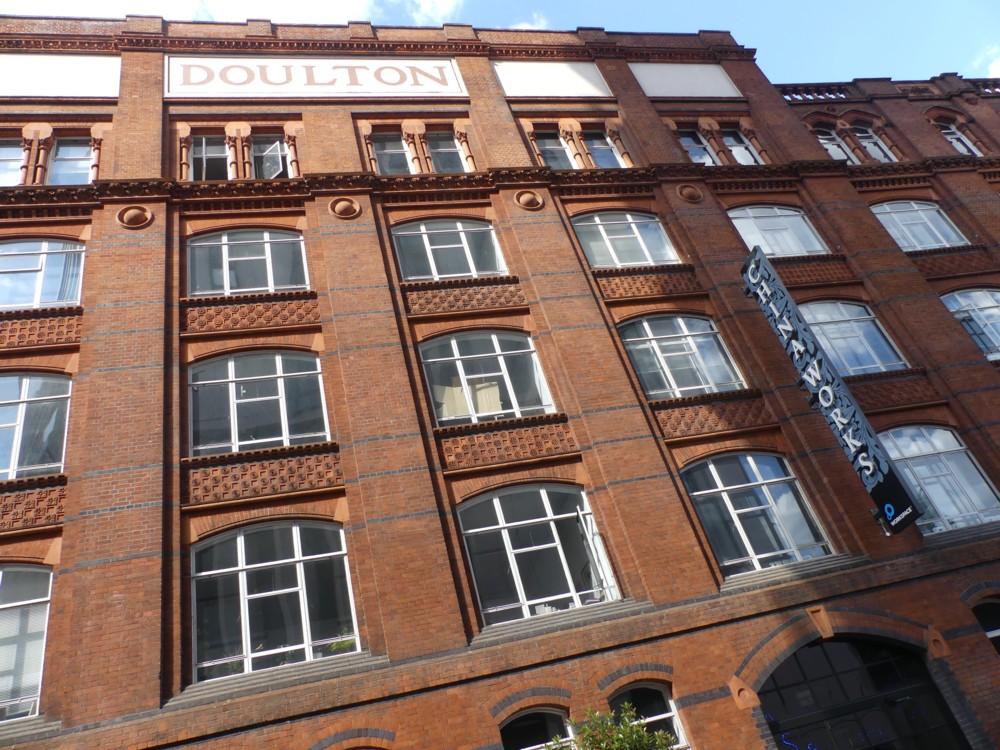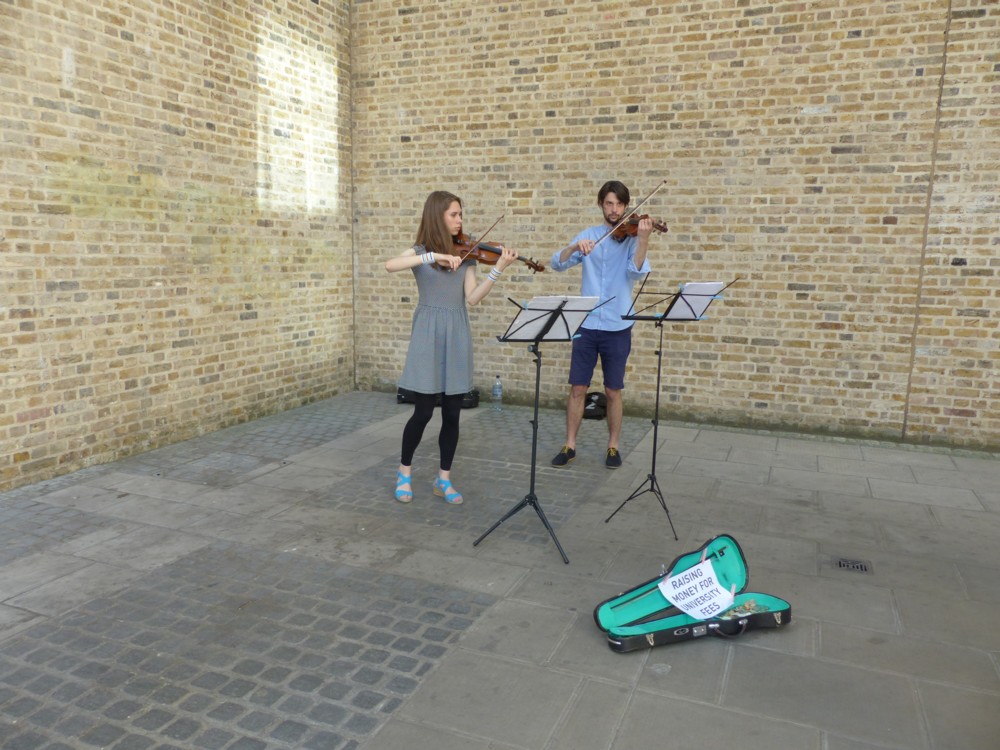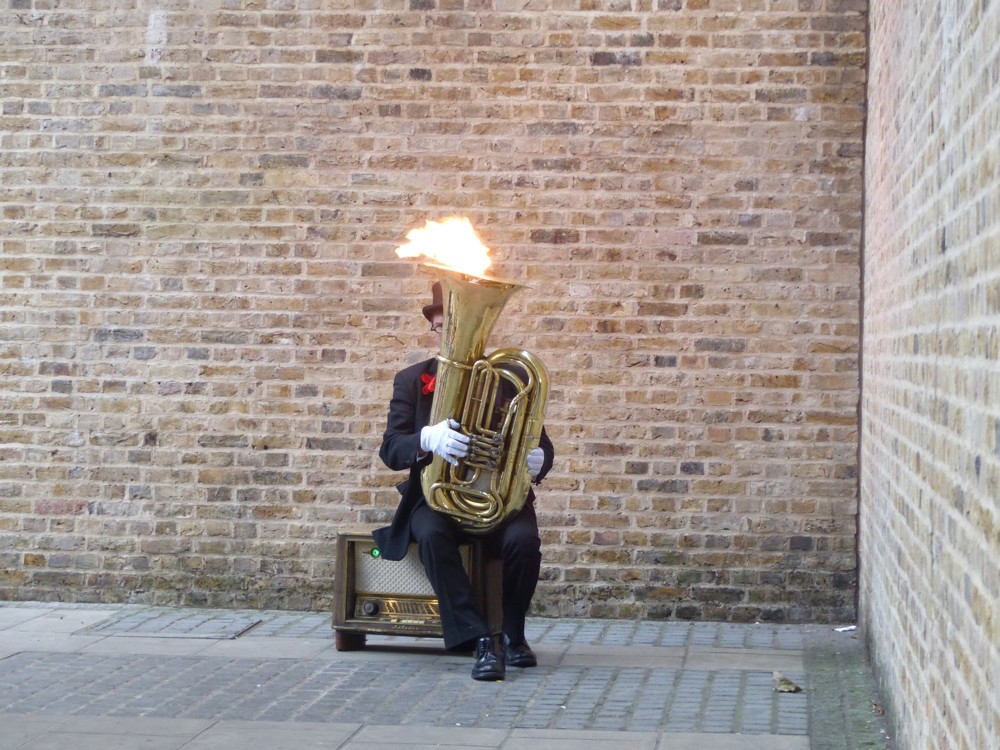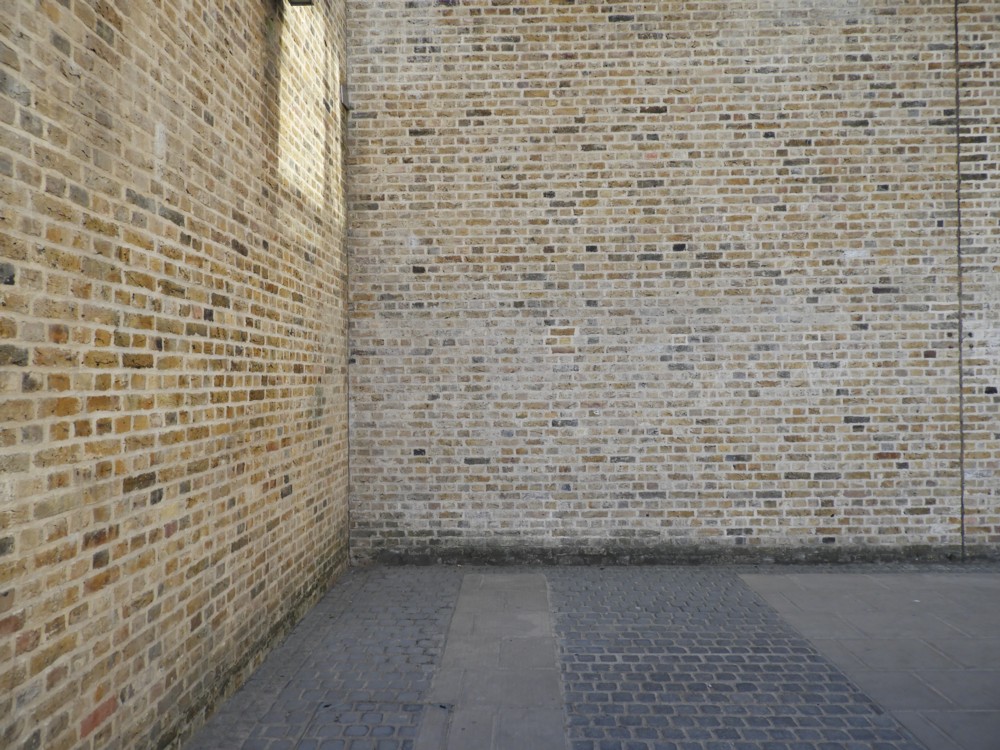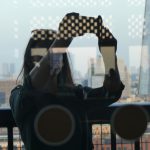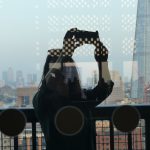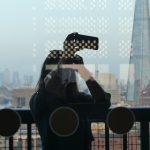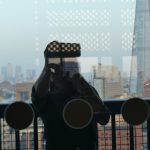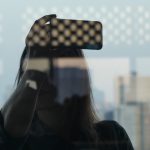This afternoon, I found myself at Oval Tube, seeing a man about a mobile phone. The weather was filthy, just short of actual heavy rain, so you’d think there’d not be a lot of photo-fun to be had, but actually I photoed several things of note.
The photos describe just one of these circumstances.
Okay. First, I’ve arrived at Oval tube (by bus rather than by tube ut the point is that’s where I was), and I crossed the road in the direction of the City of London, that being the direction we’re now looking:
Now, here comes the kill shot, the photo this posting is all about. I’m zooming in on the what you can only see above in the far distance:
Forget the filthy weather. Just look at what we’re seeing there. There are two major Big Thing alignments happening there, in just the one photo. Top right, Shard next to Strata. (Strata is the official name of the one with three holes in the top. The unofficial name is something like “Razor”, but that’s never really caught on, because too few people in London care about this Thing to bother naming it.)
And the other Big Thing alignment, below and to the left of the centre of the photo, is the Walkie-Talkie and the Scalpel. (Another version of this same alignment, from the actual Oval, can be seen in this posting.
I did two further photos of each separate alignment there, but separate photos defeats the point of what is really happening here, which is that both are in the same scene and the same photo.
Besides which, I already blogged about the Strata/Shard alignment, in this posting from 2014. Click on that and you’ll see that what I was looking for then was to get the Shard right behind the Strata.
I just copied this posting over from the Old Blog, so I could link back to it without inflicting upon you the Screen of the Red Death. You’re welcome.
However, there seems to be a problem with that earlier posting, which is that I appear to be in the wrong place, according to the map there. In the above photo, the Shard is alongside the Strata. The actual Shard is further away and a lot taller. In order to see the Shard above the Strata, I needed to be further away. Yes, I just checked the original directory of photos (actually photoed in 2012 (from which those photos for the 2014 were selected)). To get those I was actually nearer to Stockwell tube, i.e. much further away. So it wasn’t that I didn’t notice that both alignments were photoable in one photo; I wasn’t in the right place to see it.
Besides which, in 2012, and for matter in 2014, there was no Scalpel. It wasn’t finished until 2018. So, the other alignment was not then seeable from anywhere. I almost certainly have photos to prove that, but this posting is already way out of control, and needs to stop, now.

